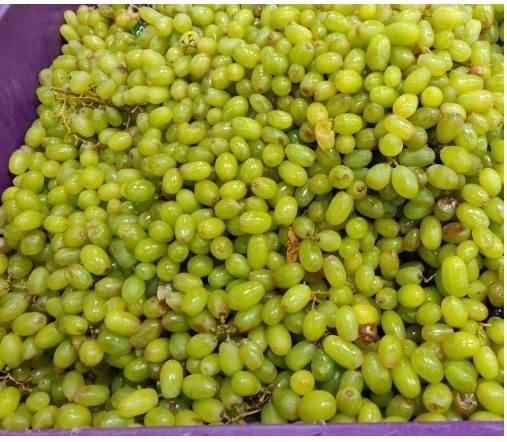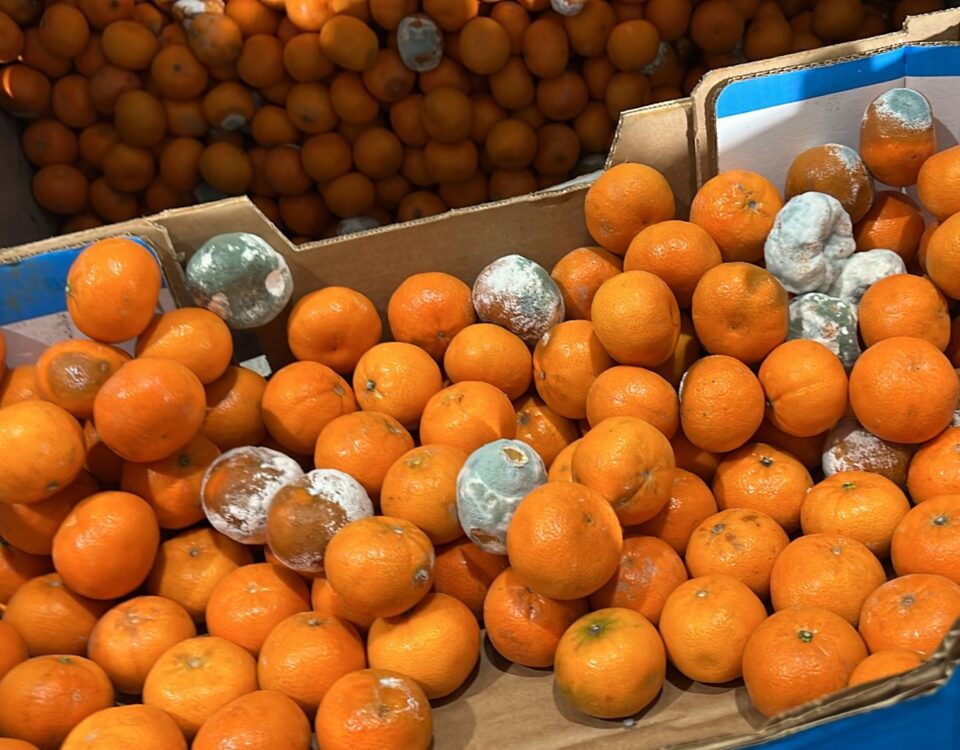How to make sure grapes are not spoiled in transit?

How to make sure reefer cargo is not spoiled in transit?
October 16, 2022
Save your business from losses: Master the art of avoiding unsuccessful banana claims
March 27, 2023Grapes are a very sensitive fruit for overseas transportation and cargo damage often arises. How to make sure Exporters prevent cargo from damages? What are the good practices to win cargo claims?
Preserving the grapes’ original beauty is crucial since the buyer will always prefer a gorgeous bunch to a plain one.
Transporting grapes as cargo requires a special methodology that needs to be handled with care. All currently common forms of transportation for grapes can be used; all that is required to ensure grape preservation is that all rules be followed.
Harvesting
Only in dry, sunny conditions following morning dew can harvest be carried out. Otherwise, the grapes won’t be able to be kept for an extended period of time due to their high moisture content. Wet weather makes for far worse storage of grapes. At least one rotting grape is found in every bunch that is very dense and in touch with the earth. They should also not have mechanical damage. Plantation grapes that have been dried and stored badly. Do not forget to collect your harvest certificate.
Grape quality
Grapes that are kept for a lengthy period of time (at least four months) must meet the best standards for quality. The comb should be green and elastic. The grapes’ wax covering must be preserved. This layer protects against deterioration and injury, which is crucial for the preservation of grapes. White grapes should be pale green or amber-gold in hue.
Packing
The grapes should be put in cartons for storage. The surface of grapes that have been prepped for packaging shouldn’t be damp. The box must precisely adhere to the standard’s criteria and be clean and odor-free. Not more than 8.5 kg of grapes should be contained in each package Do not forget to submit preshipment survey pictures evidencing that fruit was packed as per best industry practices.
Pre-cooling
The grapes should be pre-cooled to 4–8°C before loading. This method reduces the heat that the bunches emit, the microflora’s activity, and eventually the losses along the road. The temperature of the bunches is lowered using night cooling or pre-cooling machines, which are specialized refrigerators with vigorous air circulation. The latter must always be present for grape shipping in bulk. Do not forget to take pictures proving the cargo was precooled before loading.
Conditions for storage while grapes are in transit
The optimum carrying temperature should be between -1.0°C and 0°C. The optimum humidity ranges from 90% to 95%. Grapes have a storage capacity of many months at a temperature of around 0 °C, which is often advised for storing. The average storage life is 2–6 months, dependent upon the variety. The storage life is influenced by the harvest’s ripeness, the pre-cooling process’ speed, the efficacy of the fumigation program, and the low constant storage temperature. Grapes should not be combined with other products if they contain SO2 packets. To prevent aroma transmission, they should not be sent with leeks, garlic, or onions.
If however your grapes are damaged at the destination, you must know that the cargo claims handling process usually starts before any claim is made and sometimes even before there is any incident that may lead to a claim so have your loss prevention practices in place and….



